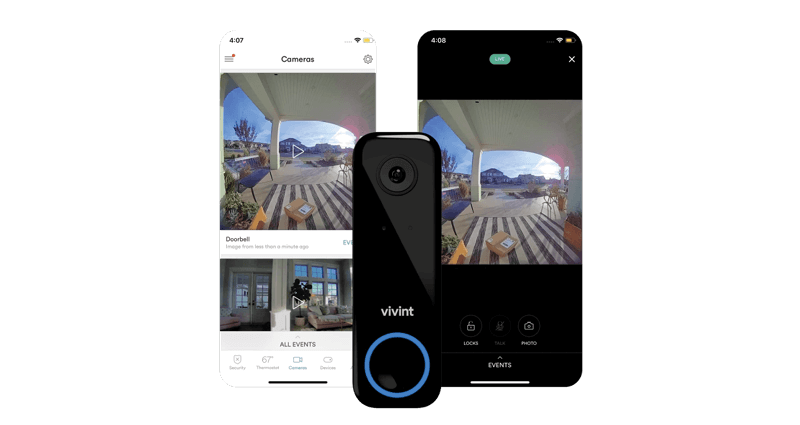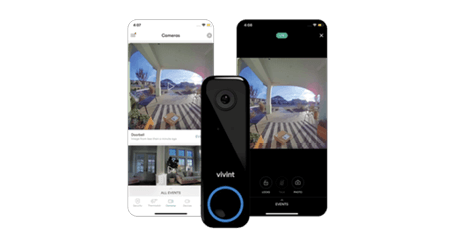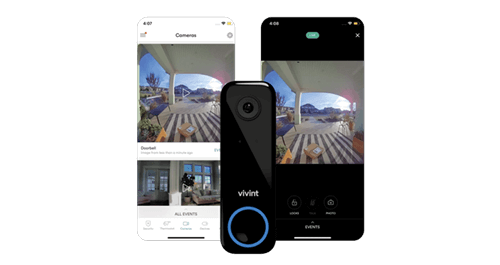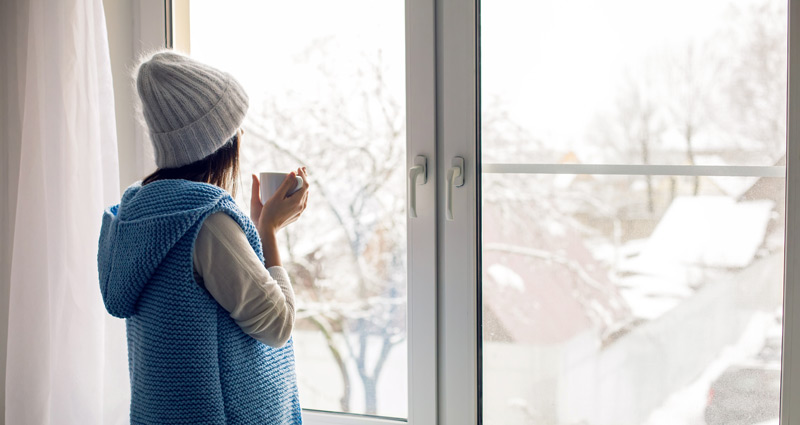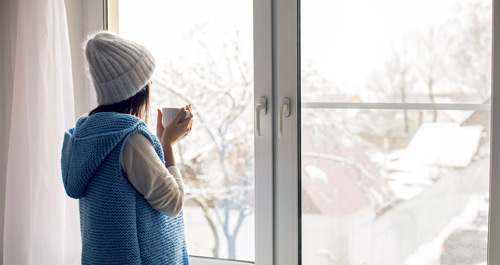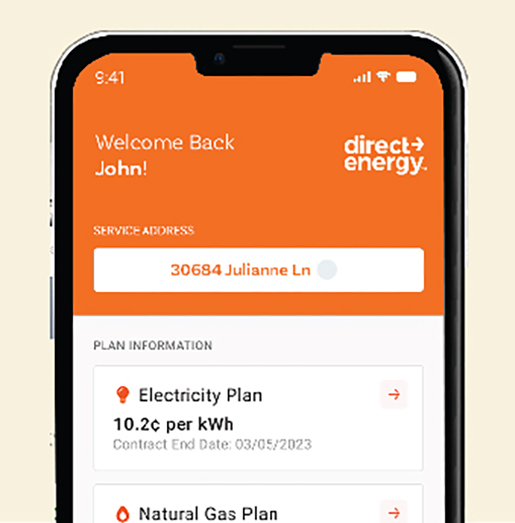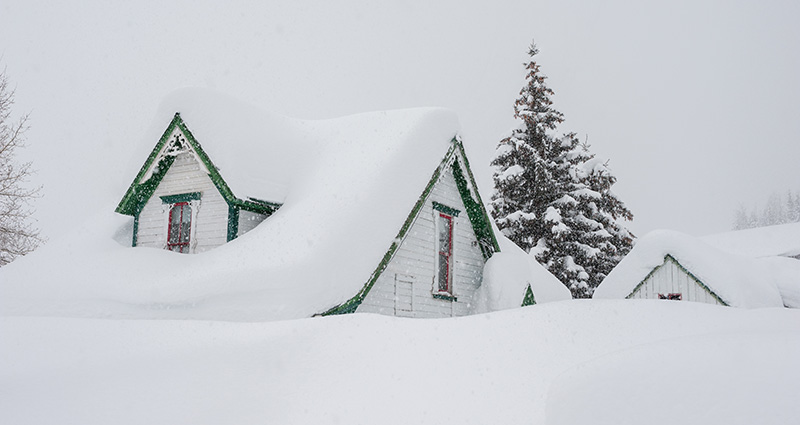Lower your thermostat to save money
Even small adjustments can have a big impact on winter energy usage. Each one-degree reduction – maintained for 8 hours – could reduce your home's energy bill by 1%, though it also helps to put on a sweater.
Lay down a rug for more heat
You'll not only help insulate your floors, but you'll cut down on the noise too.
Install a filter alarm on your furnace
This will let you know when it is time to change your filters. These alarms will make a whistling sound when they sense that the filters are dirty. Keeping your furnace running optimally means it has to use less energy for the same output of heat.
Check your HVAC filters
Do this monthly during the winter months, and clean or replace them if they’re dirty. Keeping your HVAC system properly maintained can help you save on your heating costs.
Don't block air vents
Keep supply and return air vents clear of furniture and appliances so your HVAC system can work more efficiently. Did you know that heat recovery ventilators improve indoor air quality by expelling stale indoor air continuously and using its heat to pre-heat the incoming fresh air? Installing one of these may reduce your winter energy usage.
Don't heat unnecessary places
Avoid heating areas of your home that are not insulated and might be rarely used, such as your garage, crawlspaces, attic or storage sheds.
Save energy with a programmable thermostat
You could save up to 10% on your heating bill by programming your thermostat to be at a lower temperature at night and after you leave for work. It's recommended that you don't reduce the temperature to more than about 6° to 8°F.
Maximize your fireplace wood
When using you’re a wood-burning fireplace, split wood into pieces that are 4 to 6 inches in diameter. The wood will burn more cleanly with more surface area exposed to the flame.
Install a fireplace thermostat
A fireplace thermostat can help you control your room temperature more effectively to optimize your winter energy usage.
Use a well-insulated door
To check if a door provides good insulation, place your hand against it from the inside. If it feels cooler than the inside walls, it might be time to install a better-insulated door. Install fully insulated doors on all entrances to garages, cold storage rooms and uninsulated basements.
Try an HVAC tune-up
Not ready to replace your entire heating system? A tune-up will help your system run more efficiently, helping you control your energy costs, especially during cold winter months.
Measure your attic's insulation thickness
To find out if you have enough attic insulation, measure its R-value. If there is less than an R-value of R-22 (7 inches of fiberglass/rock wool or 6 inches of cellulose) you could probably benefit by adding more. And while you're up there, consider installing some roof vents and inlets to improve ventilation.
Protect your windows
Protecting your windows is one of the easiest and least expensive energy-saving tips for winter. Clear plastic sheeting on your windows can provide additional insulation and reduce icy drafts with minimal effort and minimal cost.
Heat your home smartly
Cranking up the heat to warm the house quickly doesn't work. The house will warm up at the same rate, regardless of the temperature setting.
Fix your chimney
Don't lose heated air up your chimney, which can act like an open window. Be sure your damper is closed when the fireplace is not in use. Check the seal on the flue damper and make it as snug as possible. Consider installing tempered glass doors and a heat-air exchange system that blows warm air into the room. When you do use the fireplace, reduce heat loss by opening dampers in the bottom of the firebox (if provided) or open the nearest window slightly and close the doors into the room. Lower your thermostat setting to between 50° to 55°F.
Enjoy the sun
Open the drapes or blinds on sunny days and bask in the "free" heat. Keep those south-facing windows squeaky clean to let the light through. Remember to close the drapes or blinds when the sun sets to help keep the cold air out.
Try a humidifier for extra heat
Adding a humidifier to your heating system may allow you to turn your thermostat down and feel equally comfortable at lower temperatures. Aquariums and houseplants can add humidity to your home, too.
Install energy-saving technology
We rely heavily on electrical lighting during the long, dark winter nights. Help conserve energy by installing automatic timers, motion sensors, dimmers and solar cells at your house.
Switch to better light bulbs
LED lighting uses up to 75% less energy than traditional bulbs, and they're excellent for gardens and pathways.
Turn off the lights
It can be tempting to brighten the long, dark winter nights by using lots of indoor lighting. Instead of having all the lights on, be strategic about which rooms you’re using in the evening and shut off lights in other rooms. Remember to switch off the lights when you leave a room and you'll save money. However, CFL bulbs operate a bit differently. A good rule for maximum efficiency is to turn off CFL bulbs only if you are leaving the room for more than 15 minutes.
Close the garage door to trap heat
During the winter months, don't forget to keep the garage door tightly closed as often as possible. In doing so, you'll retain warmer air against the garage-side wall of the house and it will act as a buffer against the colder outdoor air.

